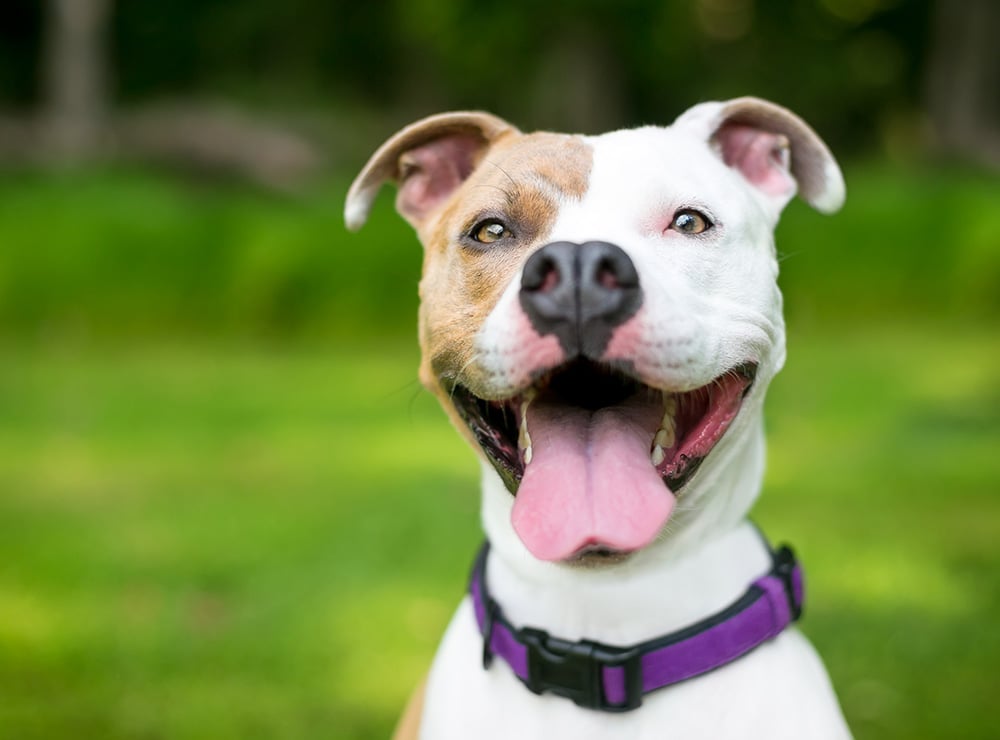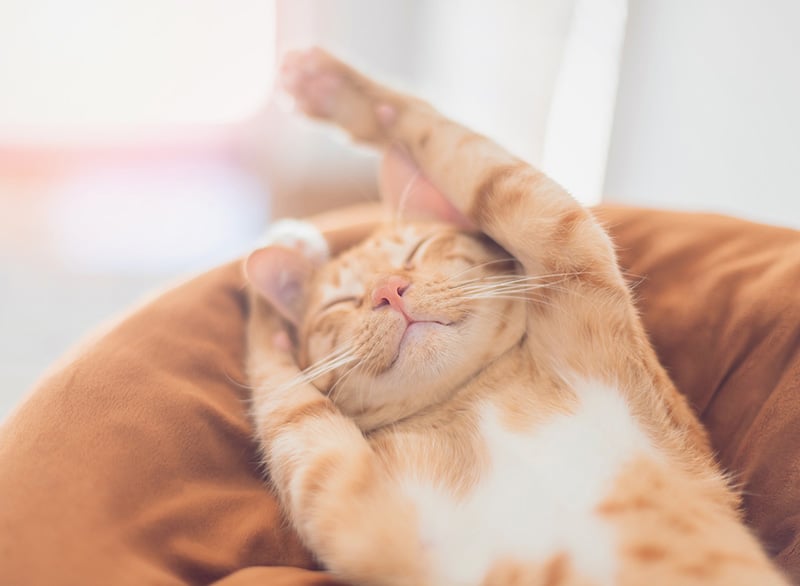

Why Do Animals Need PRP Therapy?
PRP Therapy is used to support healing, relieve pain, and improve mobility in pets experiencing injuries or chronic conditions. Common reasons your veterinarian may recommend PRP therapy include:
- Arthritis and joint degeneration: PRP therapy helps reduce inflammation, ease discomfort, and improve your pet’s mobility.
- Tendon and ligament injuries: This treatment accelerates the healing process and can shorten recovery time.
- Fractures and bone healing: PRP stimulates cell growth and supports stronger, faster bone repair at the injury site.
- Wound care: It promotes healthy tissue regeneration, helping wounds heal more quickly and effectively.
- Dental procedures: PRP supports gum and bone healing after dental extractions or oral surgery, improving recovery outcomes.

Benefits of Platelet Rich Plasma Therapy
PRP therapy uses your pet’s own natural healing properties, making it a safe and effective treatment option. PRP offers the following benefits for pets:
- Minimally invasive – uses a small blood sample, avoiding major procedures
- Accelerates recovery – speeds up healing for both injuries and post-surgical sites
- Reduces pain and inflammation – improves quality of life for pets with chronic conditions
- Safe and biocompatible – uses your pet’s own blood, minimizing risk of reaction
- Versatile treatment – effective for orthopedic issues, dental care, wound healing, and more
What to Expect During Your Pet’s PRP Therapy
PRP therapy is a simple, same-day procedure performed at our hospital. When you bring your pet in for PRP therapy, you can expect the following steps:
- Blood Collection: A small sample of your pet’s blood is drawn, usually from a leg vein, in a quick and gentle process. Most pets tolerate this step very well, and we take extra care to keep them calm and comfortable throughout.
- Platelet Concentration: The blood sample is placed into a specialized centrifuge that carefully separates the platelet-rich plasma from other components of the blood. This concentrated PRP contains powerful growth factors and proteins that promote healing and tissue repair.
- Injection or Application: Once the PRP is prepared, it is either injected directly into the affected area, such as a joint or injured tendon, or applied during a surgical or dental procedure to support healing. The treatment is performed with precision to ensure the best possible outcome and may involve mild sedation to keep your pet relaxed and still.
Most pets experience little to no discomfort and can return home the same day. While some improvement may be noticeable within days, full results often develop over the following weeks as healing continues.
How to Prepare Your Pet for PRP Therapy
Before your pet’s appointment, our team will provide personalized preparation instructions to ensure the best outcome. Preparation may include:
- Fasting for a few hours before treatment (if sedation is required)
- Adjusting certain medications, as directed by your veterinarian
- Planning for rest and limited activity after the procedure
Our team will walk you through every step and answer any questions so you feel confident about your pet’s care.
Please reach out to our team if you have any questions or concerns about your pet's procedure.
